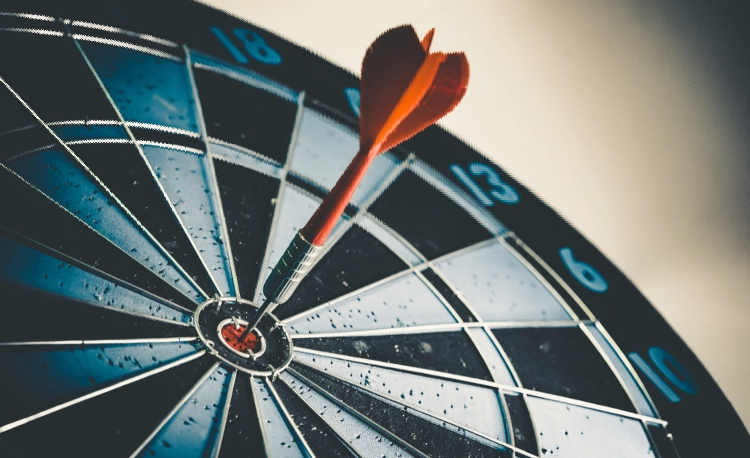What is the Marketplace model of eCommerce and how to leverage it for scale?
There is no denying the fact that marketplaces have been the biggest driving forces in establishing eCommerce on a global scale since the early 2000s, with Amazon being at the forefront of this drive. Amazon came out in the late…





